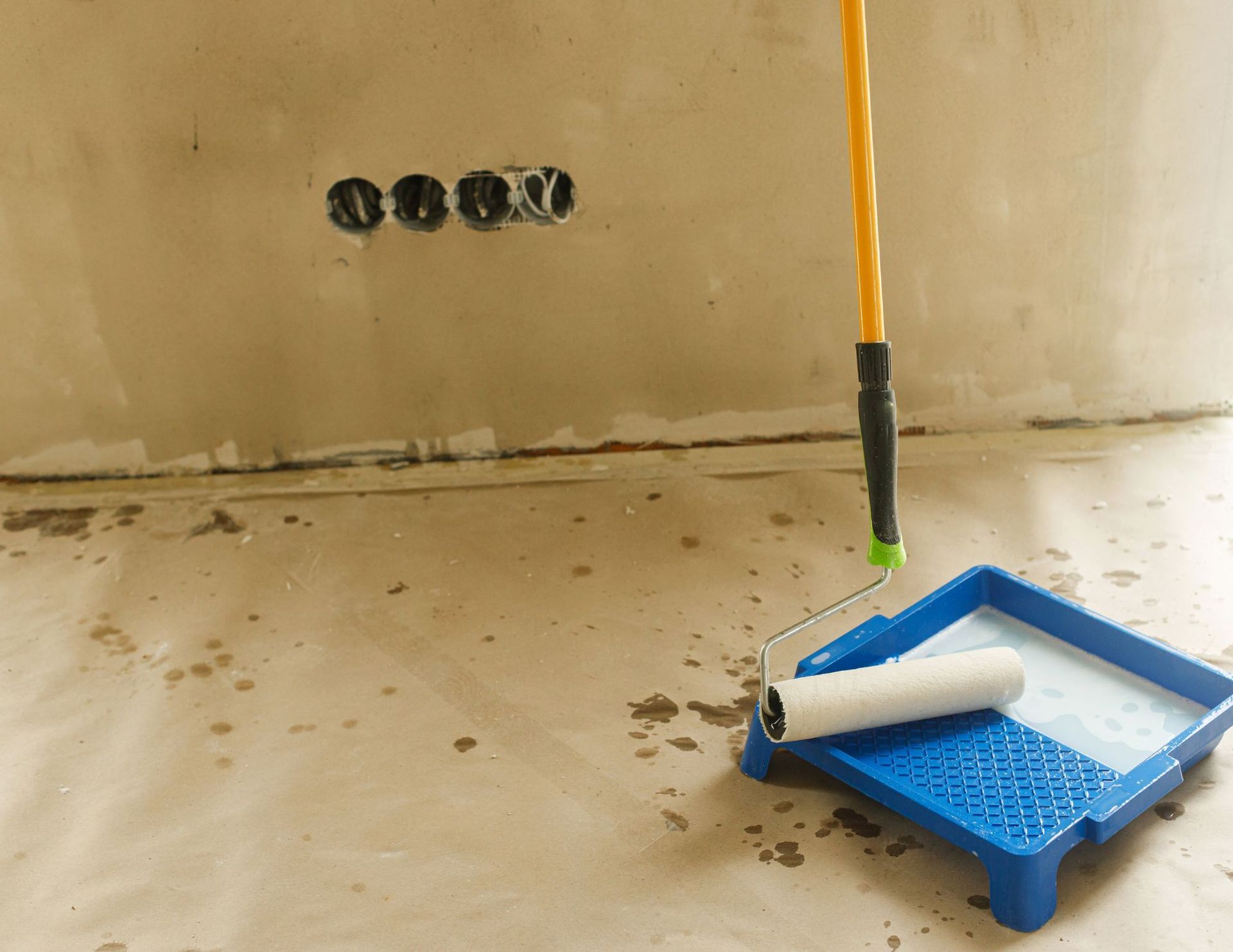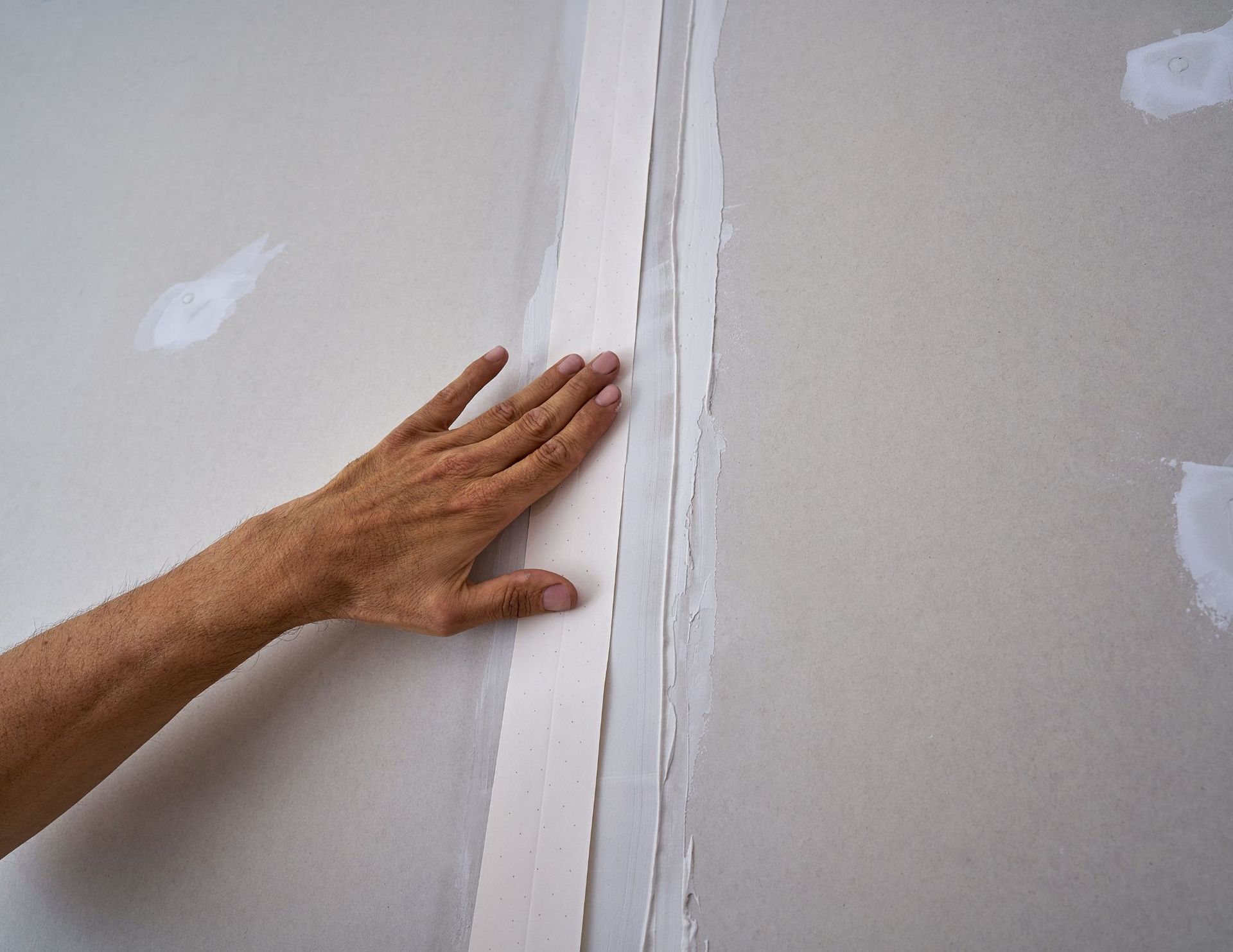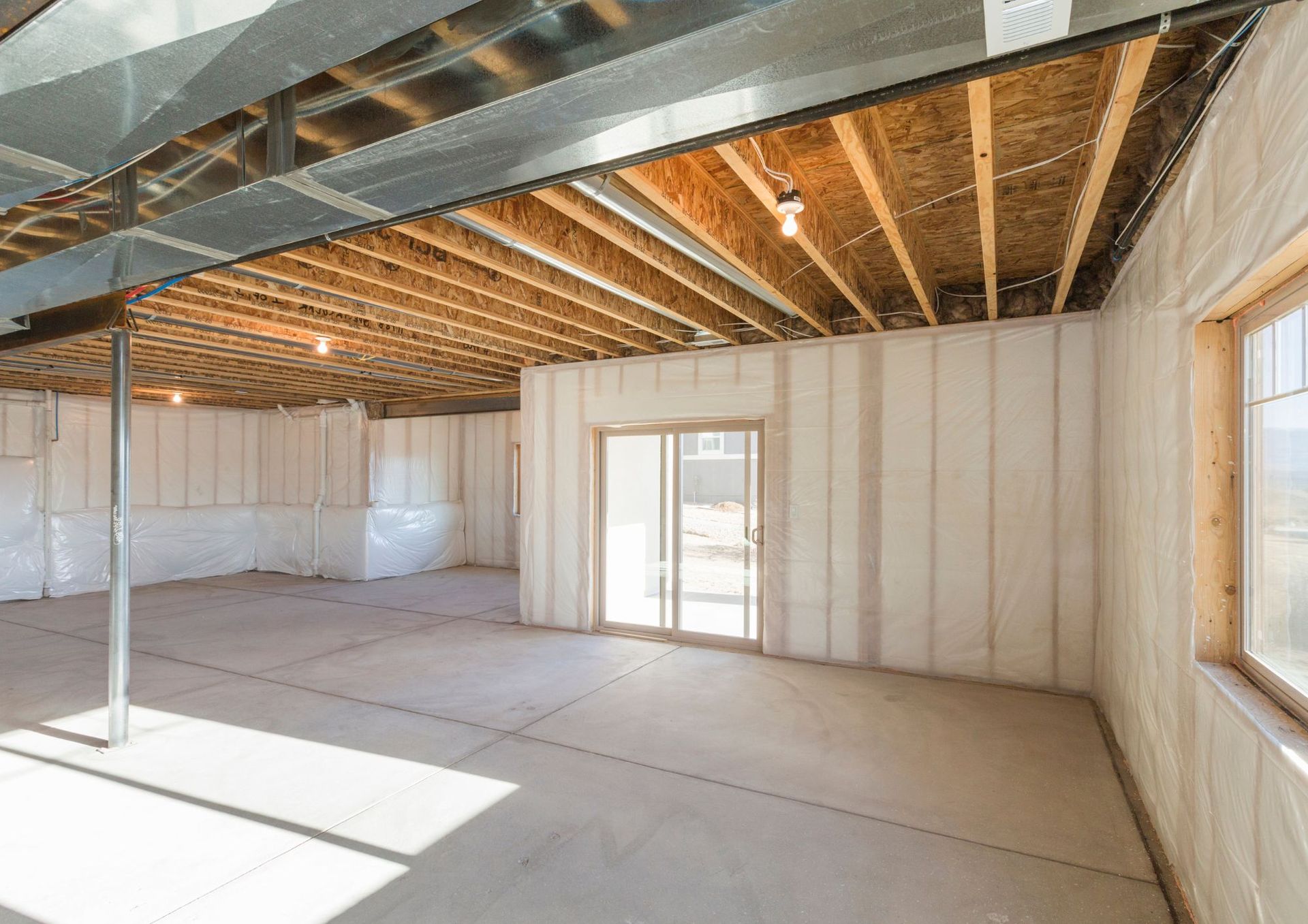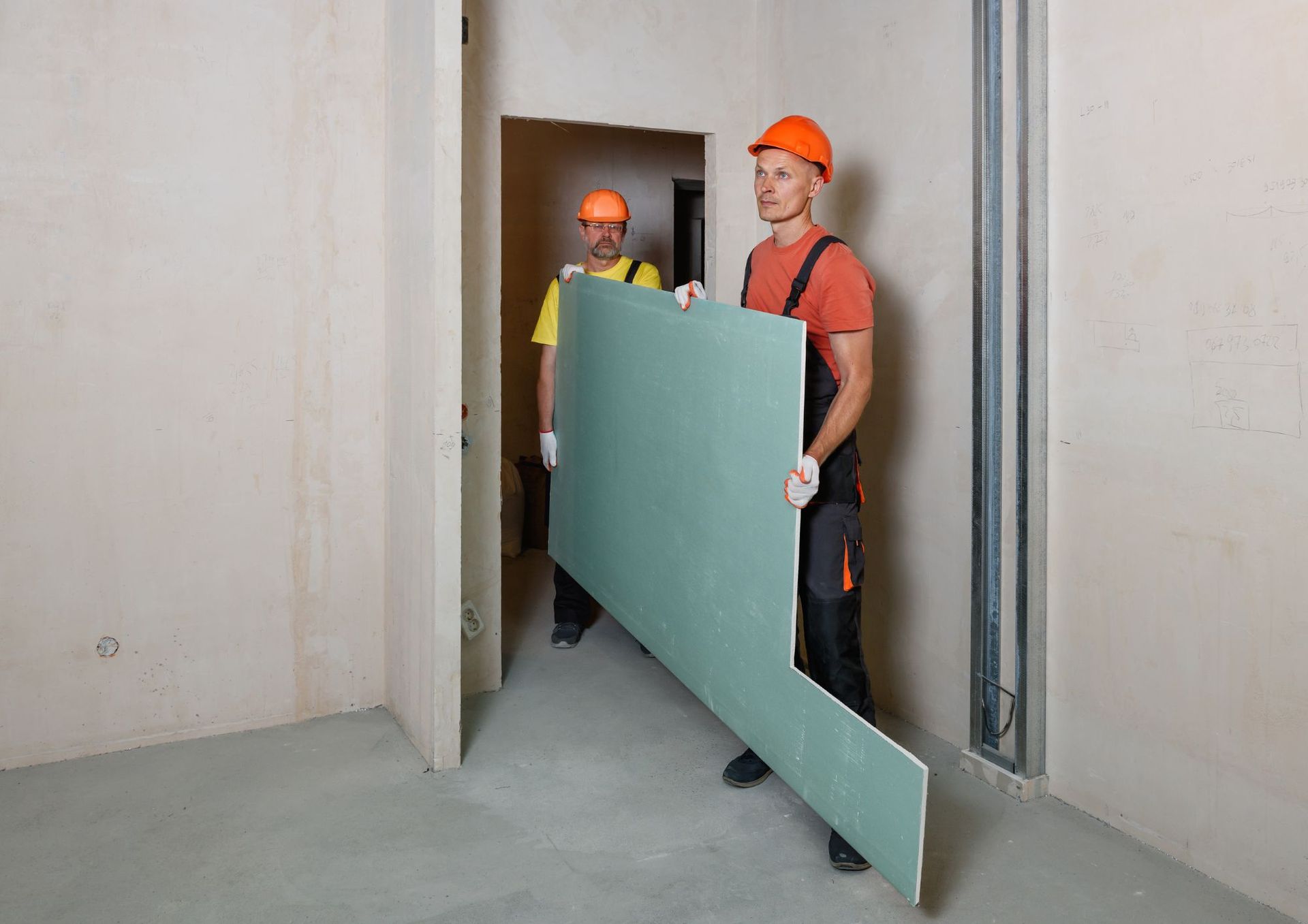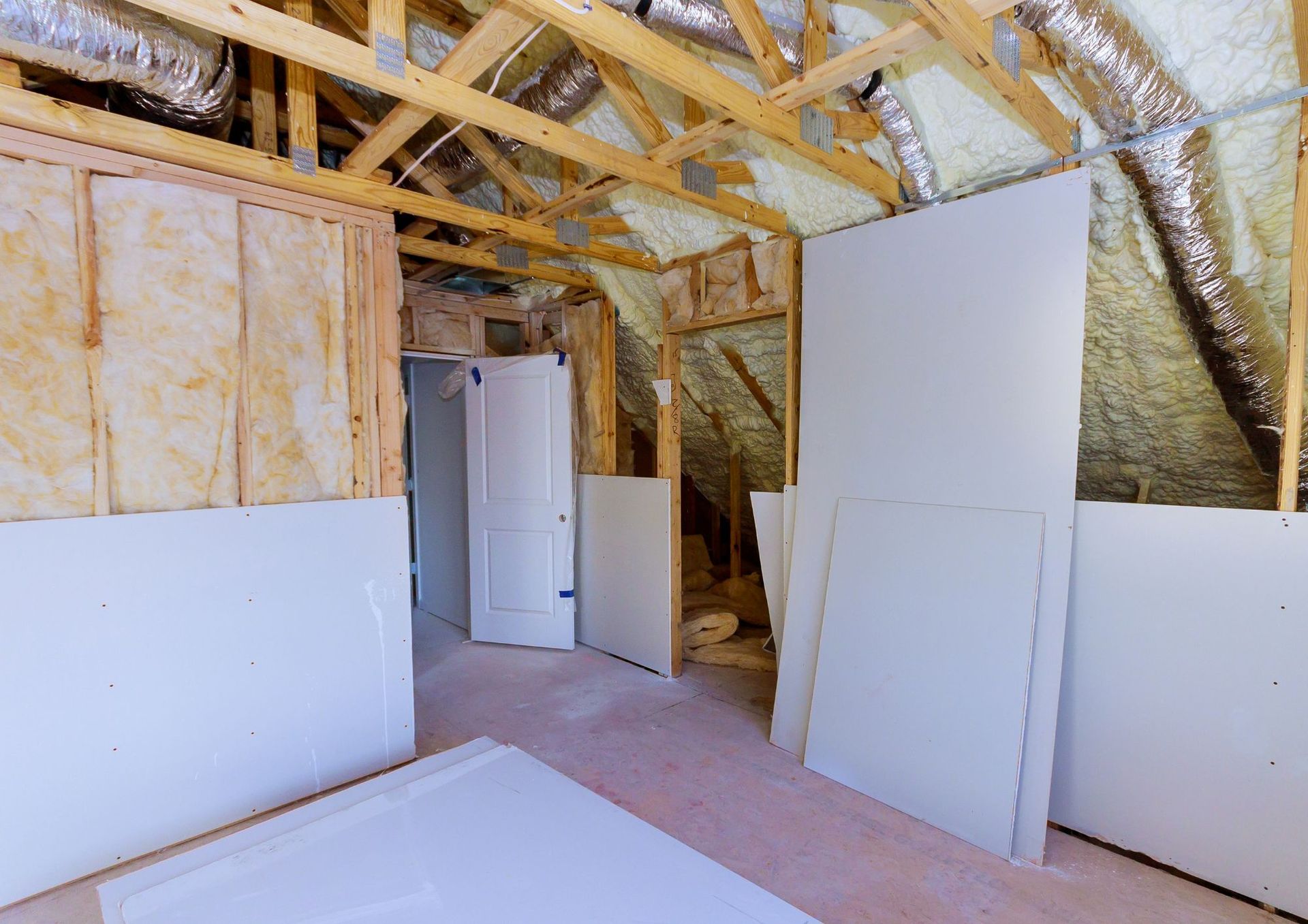Soundproofing with Drywall: Techniques for Noise Reduction
Learn How to Soundproof Your Rooms with Drywall
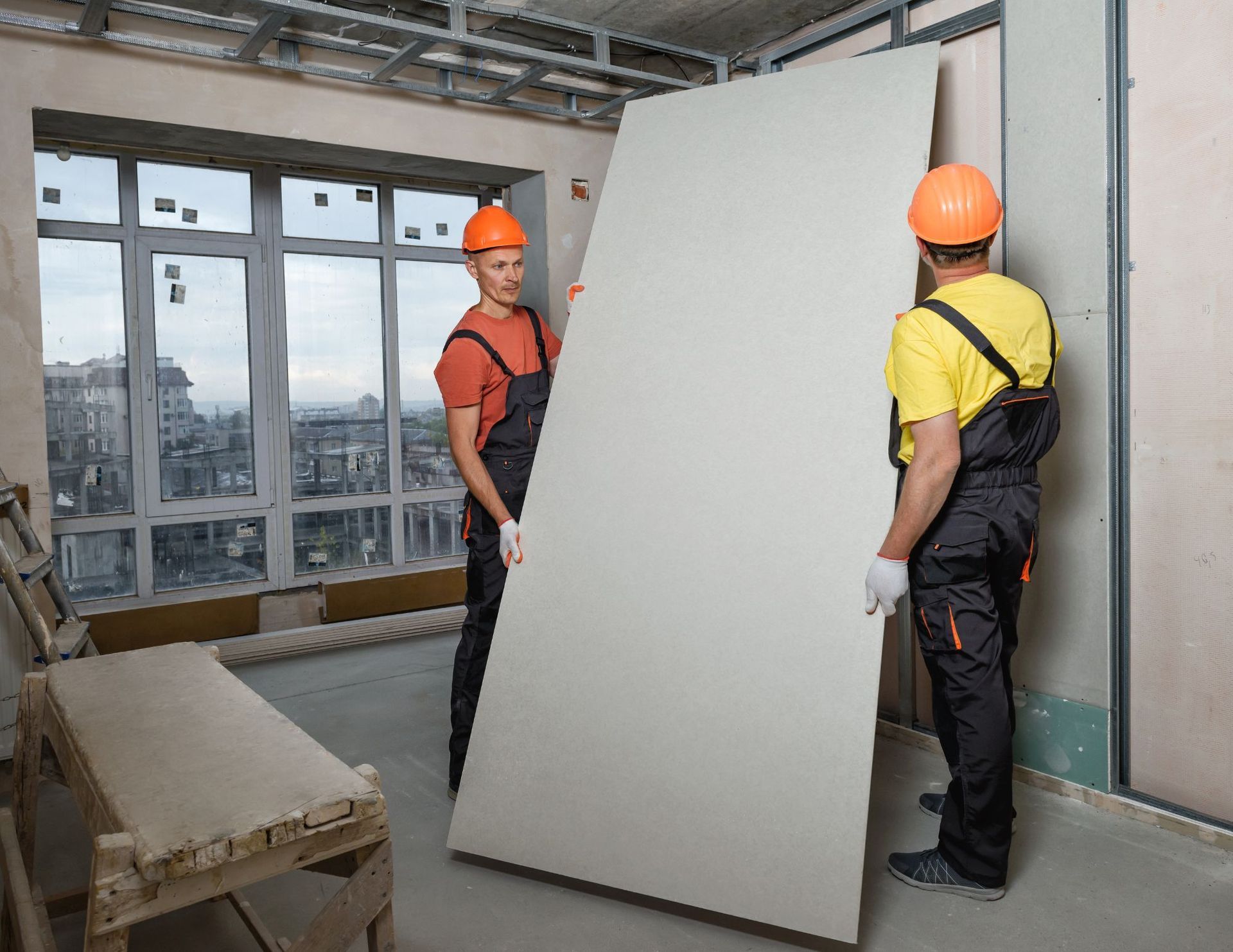
Living in a noisy environment can be disruptive and frustrating. Fortunately, drywall can serve as an effective tool for soundproofing, helping to minimize unwanted noise and create a more peaceful living space. In this blog post, we will explore various techniques for soundproofing with drywall, providing you with valuable insights and strategies to reduce noise transmission. Whether you're dealing with external noise or seeking to create a quieter interior environment, these techniques will help you achieve a more tranquil and serene living space.
Understanding Sound Transmission
Before diving into soundproofing techniques, it's important to understand how sound travels and the factors that contribute to noise transmission. Sound can be transmitted through vibrations in the air and through solid materials. The key to effective soundproofing lies in disrupting and absorbing these sound waves. When it comes to drywall, its mass and density play a crucial role in reducing noise transmission.
Double Layer of Drywall
One of the most effective techniques for soundproofing with drywall is to create a double layer of drywall. By installing a second layer of drywall, you increase the mass and density of the wall, providing enhanced sound insulation. To maximize effectiveness, use different thicknesses of drywall for each layer, as this helps to disrupt the transmission of sound waves.
Green Glue Damping Compound
Another popular technique for soundproofing with drywall is the use of a damping compound, such as Green Glue. This compound is applied between layers of drywall to dampen sound vibrations, effectively reducing noise transmission. When sandwiched between the layers of drywall, Green Glue converts sound energy into heat, preventing it from traveling through the walls. Follow the manufacturer's instructions for proper application and ensure even coverage for optimal results.
Acoustic Insulation
To further enhance soundproofing, consider installing acoustic insulation within the wall cavities. Acoustic insulation, such as mineral wool or fiberglass insulation specifically designed for sound control, helps absorb sound waves and reduce their transmission. Fill the wall cavities with the insulation material, ensuring that there are no gaps or voids. This will significantly enhance the soundproofing capabilities of the drywall.
Soundproofing Putty Pads
Electrical outlets and switches can be sources of sound leakage. To address this, apply soundproofing putty pads behind the electrical boxes before installing the drywall. The putty pads help to create a seal around the electrical boxes, preventing sound from escaping through these openings.
Seal Air Gaps and Cracks
Even the smallest gaps and cracks can compromise the effectiveness of soundproofing. Before installing drywall, ensure that all air gaps and cracks are properly sealed. Use acoustical caulk or sealant to seal gaps around windows, doors, electrical outlets, and any other openings in the walls. Pay attention to areas where sound can easily travel, such as pipe penetrations and gaps around ductwork.
Soundproofing with Calgary drywall can significantly improve the acoustic quality of your living space, providing a quieter and more peaceful environment. By implementing techniques such as creating a double layer of drywall, using a damping compound like Green Glue, installing acoustic insulation, applying soundproofing putty pads, and sealing air gaps and cracks, you can effectively reduce noise transmission and create a more serene living environment. Remember, a well-planned and properly executed soundproofing strategy can make a noticeable difference in minimizing unwanted noise and enhancing your overall quality of life.
